The Great Depression was not a bed of roses. The frugal living tips from the Great Depression we all love reading about were hard earned and, at the time, absolutely necessary. Divorce, suicide, high school dropouts, and domestic violence all surged with the stress of the financial crisis. In a word, it sucked.
Those who made it through the awful Depression were survivors– and they often used specific skills to do it. These are skills we’ve largely stopped using in our more comfortable, modern age. Folks from the Depression Era knew exactly what extreme frugality was like. While I hope we never have to use any of these tips to survive, I and many others enjoy practicing our grandparent’s skills.
In the interest of preserving generational memory, I’ve collected a few of these frugal living tips from the Great Depression from my own grandparents and others who lived through the 1930s into one place.
Whether you’ve hit a rough patch financially or want to live a more rustic life, hopefully you’ll find something in the following list to help. I can’t think of any way to better honor our relatives.
Food-related frugal living tips from the great depression
1. Learn to forage

When my grandfather was a small boy during the Depression, he and his mother would get permission to pick dandelions from the lush lawns surrounding the local mansions. Why? So they could eat them!
This example of foraging for wild edibles is just one example that’s still available today. You can eat dandelions, after all. You can also eat other wild greens, berries, flowers, and even mushrooms if you’re careful. It’s best to learn from local experts who really know your area well. You can look up local foraging classes, clubs, hikes, or experts on this database, or check for edible plant field guides at your local library.
I’ve personally found more than a dozen species of wild edible flowers, greens, berries, and mushrooms on my property. Get outside and see what you can find near you!
2. Grow a garden
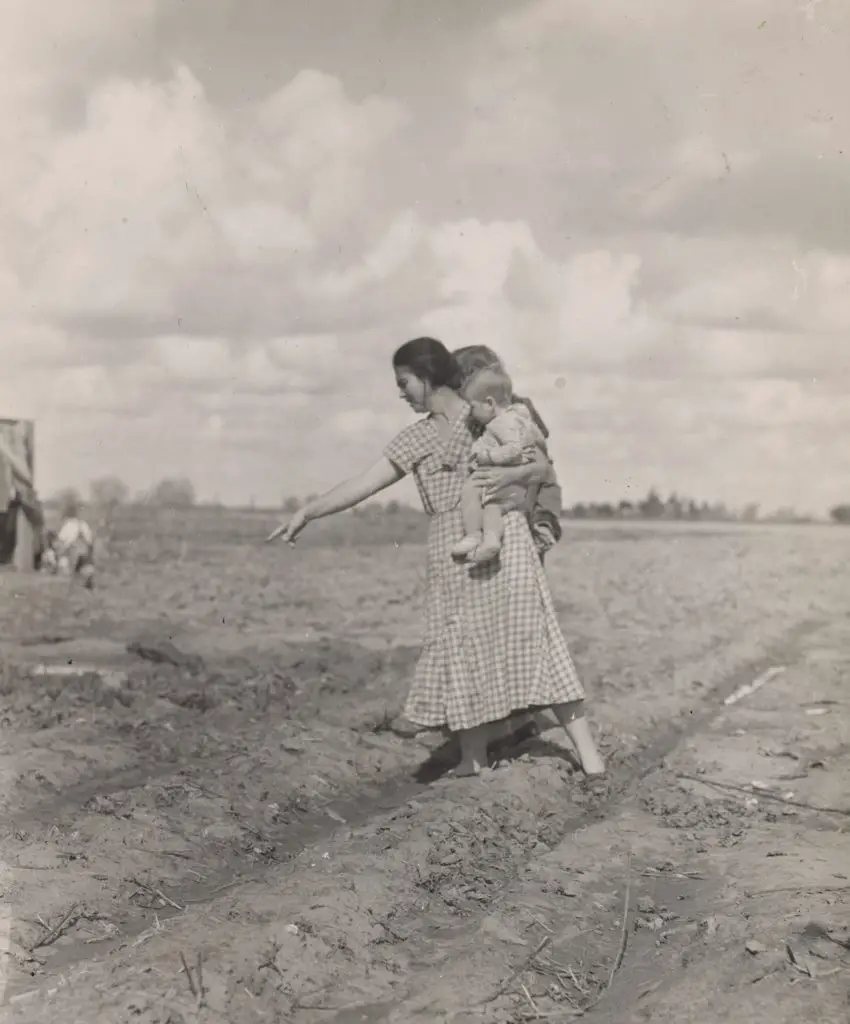
All through the Depression Era, millions of families grew gardens at home. (By 1945, 20 million households had a victory garden). Not only could you customize what you grew to suit your family’s tastes, but you could grow extra for bartering, preserving, and giving as gifts.
3. Preserve your garden produce
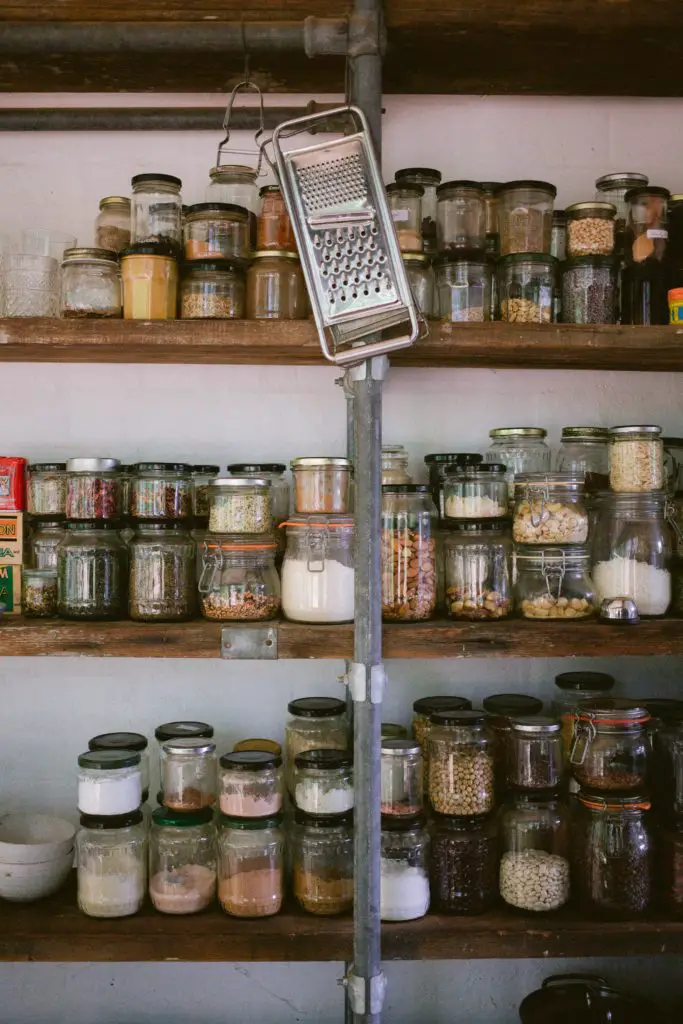
If you’ve taken the trouble to plant and care for a garden, make sure you don’t let any of the produce go to waste!
For some people, this means learning to can food in mason jars. Canning is a great skill that helps your food stay shelf-stable for much longer than usual.
However, if you don’t feel like you have the time, supplies, or inclination to learn canning techniques, that’s ok! Here are a few other ways to preserve your food:
- Curing (as in the process of curing root crops like squashes and potatoes to keep in a root cellar)
- Dehydrating
- Drying
- Fermenting
- Freezing
4. Cook from scratch
It’s no secret that prepackaged meals are more expensive than the food you can make at home. What might be a surprise is how easy cooking can be! I’ve got a giant list of dirt cheap meals you can cook at home if you’d like ideas.
Youtube is also a wealth of visual guides and recipe walk-throughs. If you’d like Depression era meals specifically, you need to check out Clara. She was a 91 year old youtuber before she died recently, and has 14 years worth of videos showing how she cooked food back during the Depression.
5. Bake your own bread

Baking bread is one of those domestic arts that’s making a comeback. It’s no surprise why, either. Who doesn’t want their kitchen to smell like fresh baked bread?
Our families from the Great Depression, however, didn’t have much of a choice. Bread making was an essential activity that kept the family from starving.
If you’d like a crash course in the theory behind breadmaking plus a few dozen scrumptious recipes, this is Paul Hollywood’s cookbook. I got it as a gift last Christmas and have been using his recipes for my family ever since.
6. Use less meat
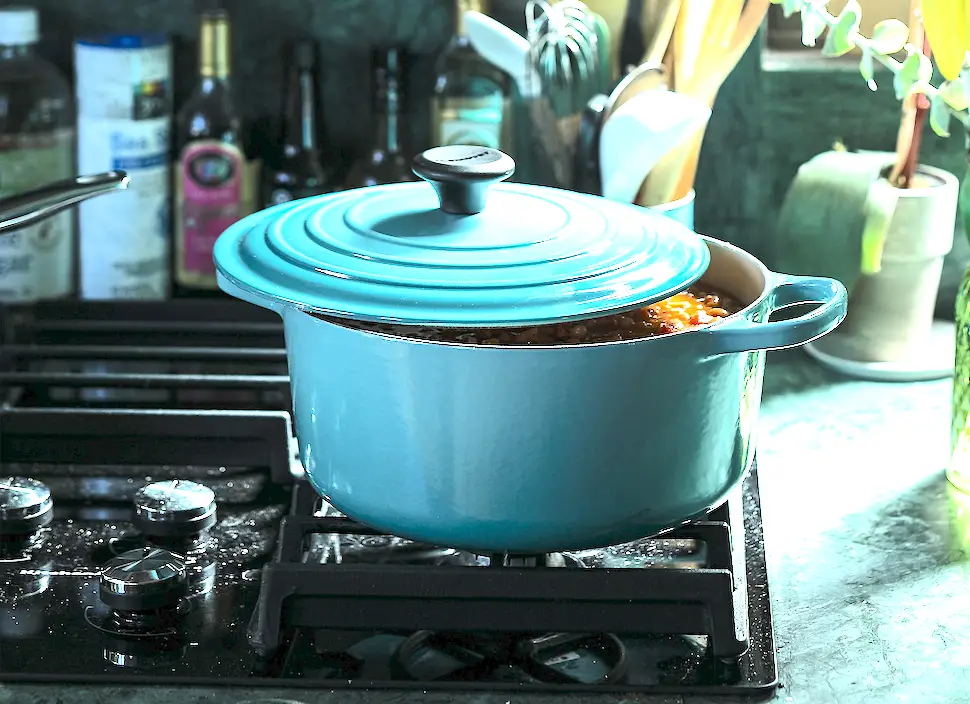
Meat was far less available during the Depression for most people. If they didn’t have the space to raise animals like chickens or rabbits, they mostly substituted for other proteins. Beans, eggs, dairy, and nuts were all used, as available. You can do that, plus you could try foods like quinoa, chia, tofu, or hummus, which weren’t as available in the States during the Depression.
Even if you know how to get the best deals on cheap meat, using that meat sparingly stretches your dollar further. Try taking meat out of the spotlight if you can’t bear the thought of a meatless meal. Instead of big steaks or giant breasts of chicken on each plate, make more casseroles, soups, pot pies, or salads where meat is just another ingredient.
7. Reuse scraps

Waste not, my friends. You can repurpose yesterday’s dinner for today’s lunch, of course, but you can get even more creative. People in the 1930’s certainly did.
- Veggie and herb scraps can be turned into vegetable stock or added to dishes like pot pies.
- Bones can get boiled into bone broth.
- The heel of your loaf of bread can be turned into tasty breadcrumb topping for your casseroles or croutons for your salads.
- Bacon grease can be used in pie crusts, stir fry, and anything else that needs a fat.
- Use overripe fruit to make preserves, throw in smoothies, add to quick breads, or blend and freeze to make popsicles
If all else fails, you can throw your food scraps into a compost pile or tumbler to turn into next year’s garden fertilizer.
Ultimate DIY from the Depression Era
8. Learn to repair
When there was no extra money to pay a repair man, people in the Depression had to fix things themselves. (That or barter for services, but I’ll talk about that in a minute.)
It’s not usually cost-efficient to spend 30 hours learning a new skill you’ll only use for five minutes. However, there are plenty of home improvement skills that are simple to learn and can be used over and over. Again, Youtube is an excellent source of information. Some series, like this one where a dad teaches his young daughter (and the viewers) how to do different repairs are very easy to follow. This one helped me fix my washer!
9. Learn to do simple sewing
Lots of women made clothes by hand during the Great Depression. And instead of buying fancy fabrics or prints, they often reused other fabrics. In fact, chicken feed companies learned people were using their sacks to make their own clothes, so they started competing to put the best prints on the feed sacks, since it would make people more likely to buy their product. (Here are some cool examples of flour sack fabric & dresses, if you’re interested.)
You don’t need to learn to make entire garments if you don’t want to, but everyone should know simple sewing techniques to make their clothes last longer. Learn how to sew buttons, patch the holes in your jeans, hem pants, or add some length to pants or shirts you feel are too short. Simple sewing can also turn slightly ill-fitting clothes from a thrifting haul into the perfect size.
If you really want to get fancy, you can take up fiber arts like quilting or rug braiding that take scrap fabric and recycle it into something new.
10. At-home haircuts
The easy and economical bowl cut became popular in the Great Depression. After all, anyone, regardless of skill, could stick a bowl on someone’s head and cut in a circle.
If you’re looking for something a little more fashionable, but still doable for a beginner, you have options. I’ve cut hair for every member of my family and my mother, all thanks to tutorials like this one on Youtube.
All you need is a good set of clippers, shears (for longer hair), and a fine-toothed comb. We use a set of clippers from the 90s which isn’t available on Amazon, these hair cutting shears, and a dollar store comb.
Frugal Living Lifestyle Tips from the Great Depression
11. Prioritize your spending.
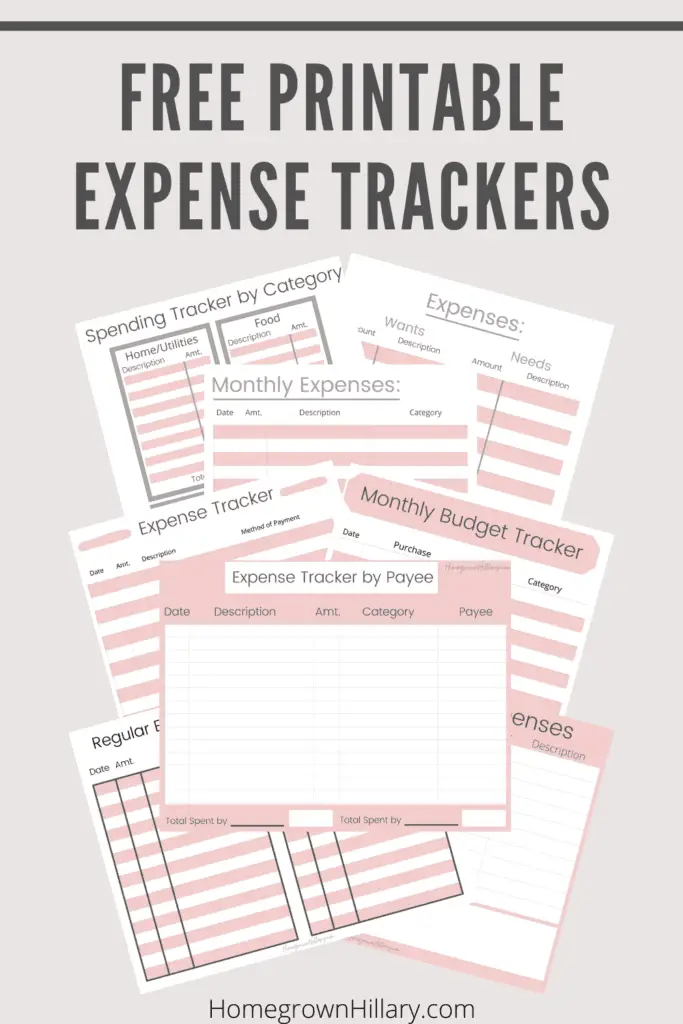
You probably do some of this already, but it’s a skill we all can hone further. Prioritizing requires thinking ahead and a written budget. Before you spend a dime, you make sure you cover the four basics: food, shelter, transportation, and utilities. Next is probably clothing, and things like insurance after that. Once you’ve covered all necessities, saving and investing are good priorities, too.
If you struggle to prioritize your spending, you can start by visualizing where your money goes. Using different kinds of expense trackers can help with that, which can make decision-making easier.
12. Entertain yourself cheaply
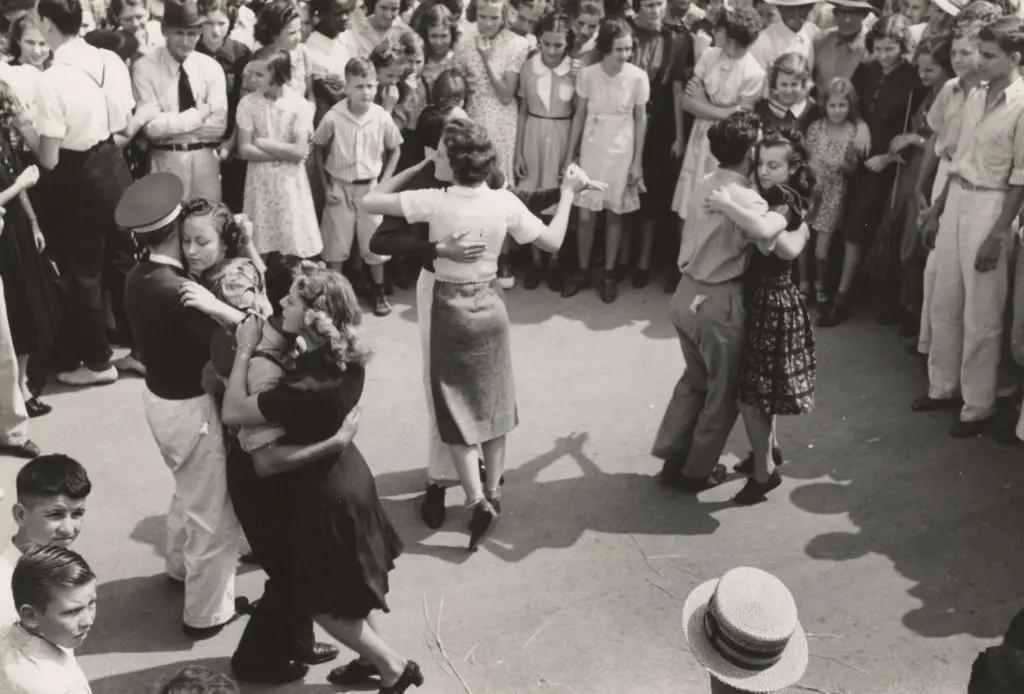
Entertainment options like motion pictures, mini-golf, and dance halls boomed during the Great Depression, since you could pay a small fee and get hours of entertainment in exchange. Radios were also popular, and offered a wide variety of show options from sermons to mysteries to soap operas.
Today, you can compare your entertainment options by dividing the amount it costs by the number of hours you’ll be able to enjoy it. This gives you an “hourly enjoyment rate.” Here are some common examples:
- Seeing a movie in theaters: $15 (one ticket and some snacks)/2.5hrs = $6/hr
- Board game: $25/10+hrs = $2.5/hr (and then divided further between the number of players)
- Learning to knit with YouTube videos: $10 (for yarn and needles)/10+hrs = $1/hr
- Pickup soccer game at a public park: $5 ball/2hrs = $2.5/hr (divided between players), then free for every game after that
- Books from the library: FREE/endless hours = Priceless
13. Waste Less
Whether it’s electricity, water, food, or clothes, you’ll save money every time you avoid needless waste. Saving money on heating oil, propane, and natural gas is easier when you reduce waste, too. Yes, it takes a bit of vigilance to turn off unused lights or leaking faucets. And learning to not impulse buy unnecessary food and clothes can take some practice. But your budget will seriously thank you for being a more mindful consumer.
Just remember not to be an ogre. Making your family live in a dark, 60 degree house in January because you don’t want to spend money makes you cheap, not frugal.
14. Give homemade gifts
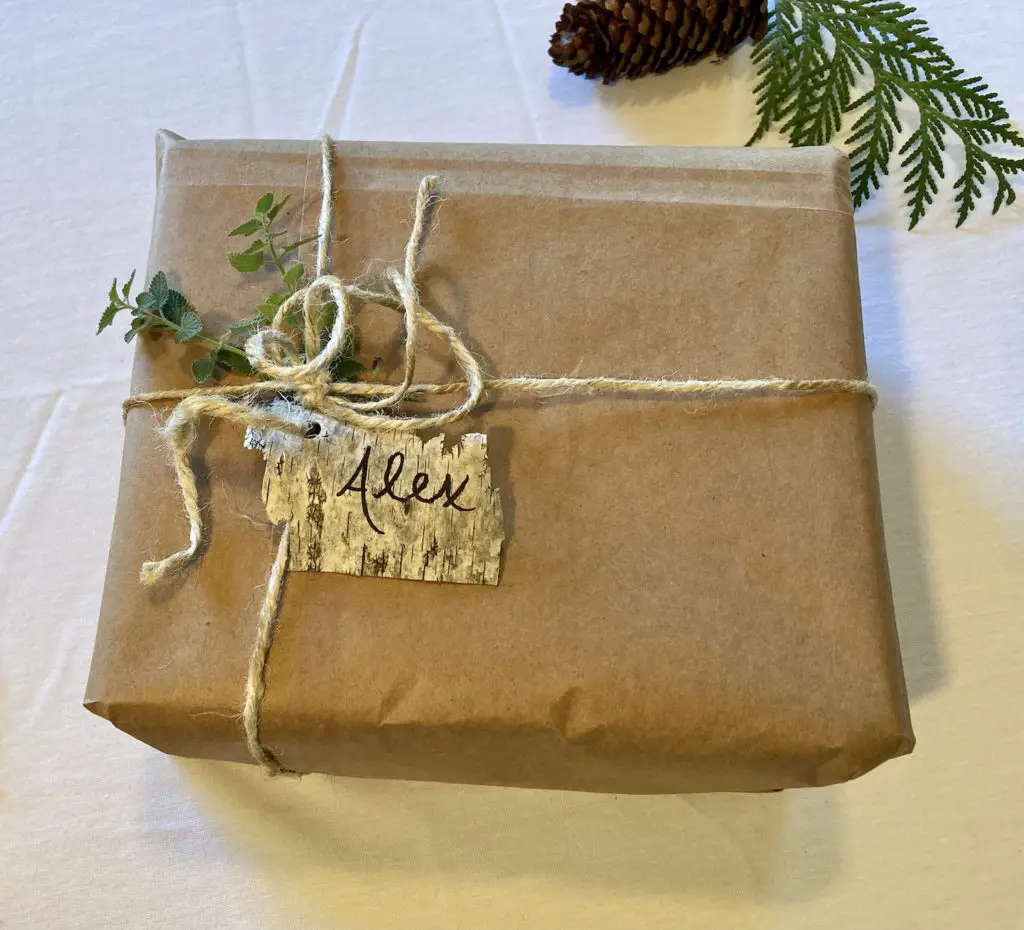
Gift-giving shows your friends and family you love them. Even in the midst of the Depression, people still managed to give food, clothes, or toys as gifts– all usually homemade.
Want some more modern homemade gift ideas? I’ve got you covered.
- 101+ Coupon Book Ideas To Show Everyone Your Love
- 25 DIY Gifts for Boyfriend or Husband That Say “I Love You”
- 5 Inexpensive Gifts for Teachers: What They Actually Want
15. Barter
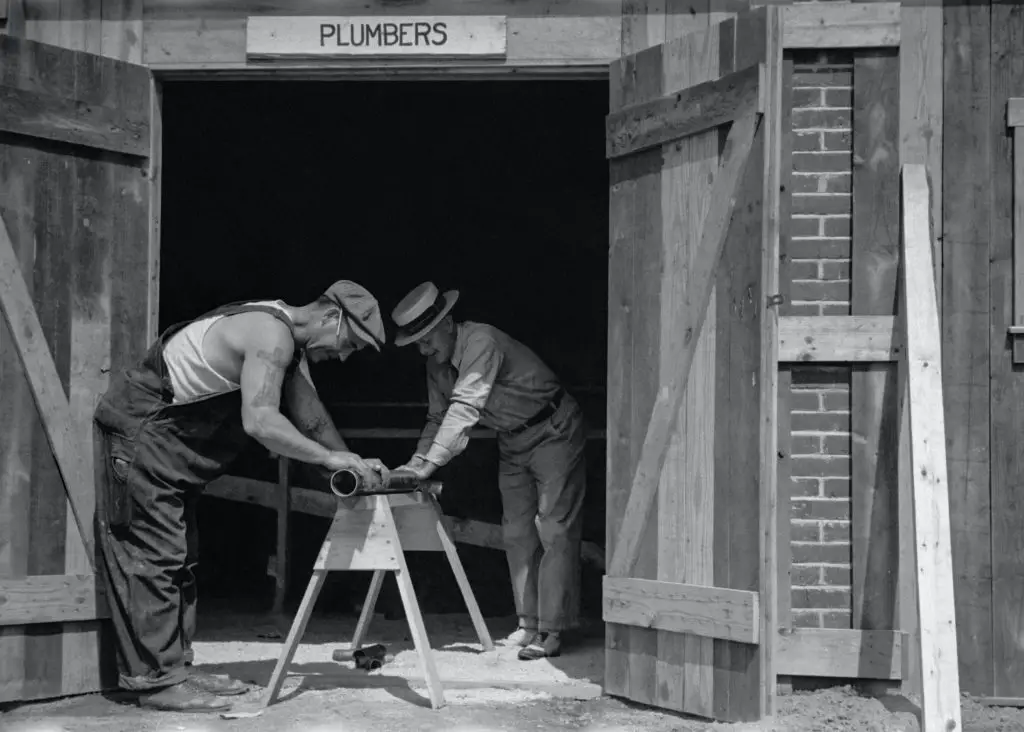
Folks in the 1930s lived much more communially than we do out of necessity. The whole “going next door for a cup of sugar” thing was actually a thing, after all. But bartering doesn’t have to just be one of the frugal living tips from the Great Depression. We can still trade with our neighbors today!
Bartering works best when you have some valuable skill, tool, or connection. That way, you can offer it in trade when Mrs. Hill has hand-me-down boy’s clothes just the size your son needs, or Mr. Martinez has a weed whacker when yours dies. Having a community with a complimentary web of skills and items keeps a barter system going strong.
16. Keep odd and ends (but be realistic)

We probably all know a now elderly person who was raised around the time of the Depression and is now a hoarder. I’m not suggesting you keep every last bread bag tag or old shoe, but there are some things worth keeping extras of.
Just what items you should keep will depend on your lifestyle. If you find yourself always needing to buy dog waste bags to pick up your dog’s droppings, maybe you’ll want to focus on saving whatever plastic baggies come into your house. If you like the look of glass jars in your pantry, you might save tons of jelly, jam, and pickle jars. Quilters might keep a tote full of fabric scraps for the next time they start a project. The options are endless!
Did you enjoy these frugal living tips from the Great Depression? Want more ideas for pinching pennies and money saving? Sign up for my newsletter below and never miss a blog update!
